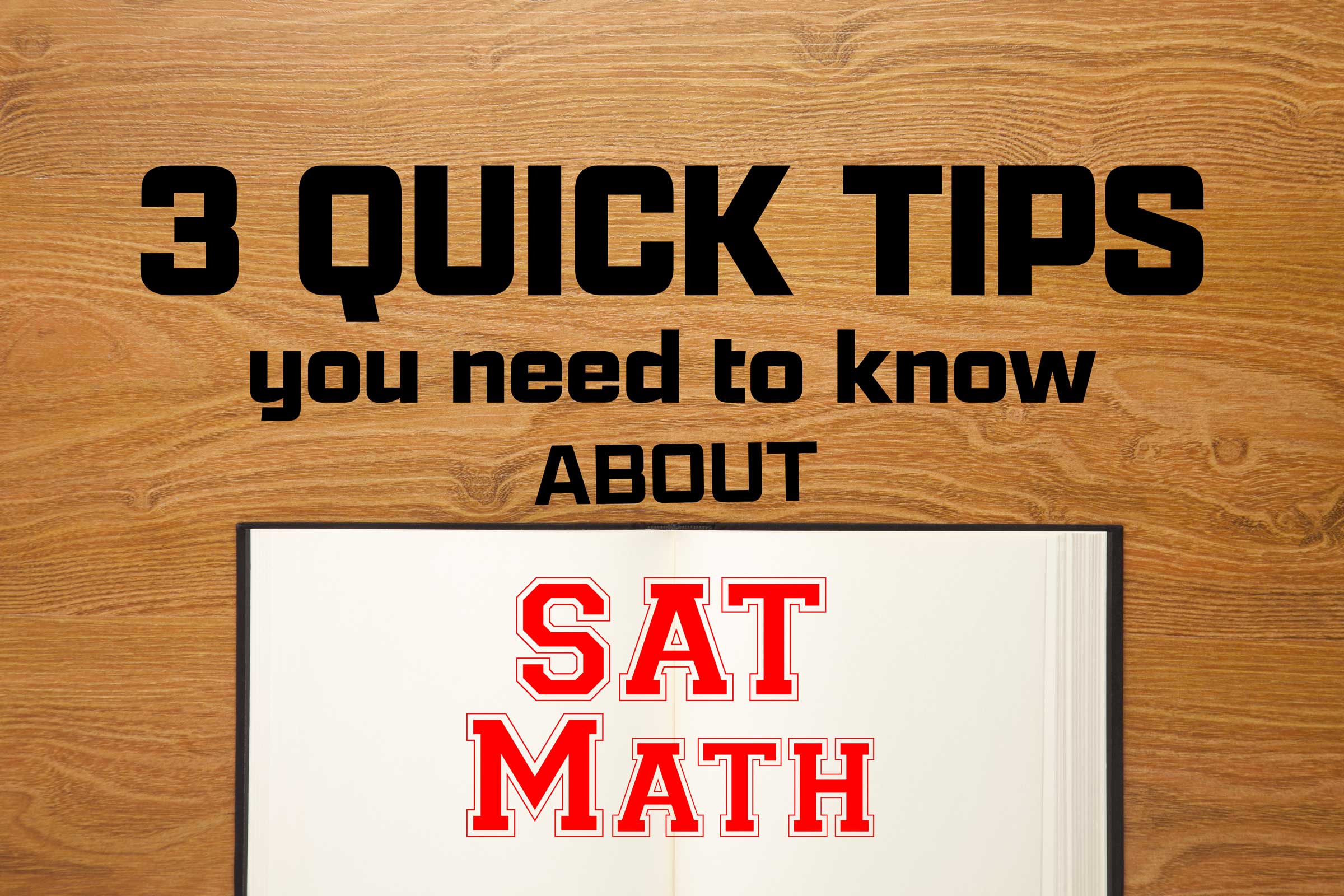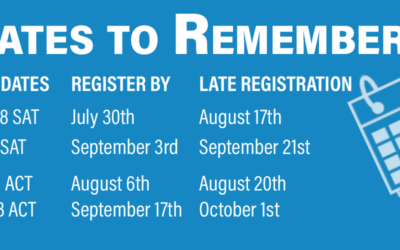With standardized testing already in full swing for the fall season, I wanted to share some quick strategies to help nervous students navigate the math section of the SAT. Many times the test as a whole can be very intimidating, so these tips are meant to offer perspective and reduce anxiety.
Pick your questions carefully
You don’t need to finish the whole test in order to get a good score. A 500 and a 600 on the math test is a 47% and 67% respectively. Most students need scores somewhere in between. Therefore do not get hung up on having to answer the toughest questions. Take your time and answer the questions you know you can answer.
Most of the questions are in order of difficulty
The math questions on the SAT typically progress in order of difficulty from easy to hard. By making sure you answer the easy questions correctly you give yourself a good foundation for a good score. I typically give my students a general rule/goal that they should be getting most of the questions in the first half of the math sections correct. Wrong answers in these sections are typically due to silly mistakes.
Don’t be afraid to experiment with the questions
So many students read through questions and give up immediately if they feel like they don’t know how to get the answer immediately. Like I said earlier, you don’t need to finish the whole test to do well, so try different things if you’re stuck. If possible, try plugging in answer choices to see if they work in an equation. If graphing is a possibility, try graphing equations to see if that gives you any clues to the answer. Sometimes the most confusing looking questions can become easy with a change in perspective.




